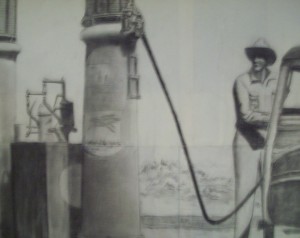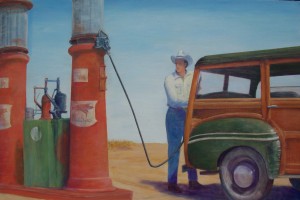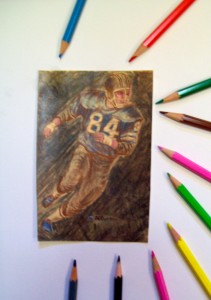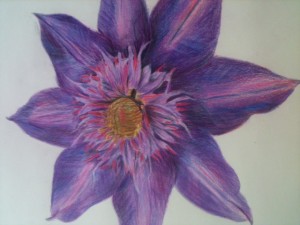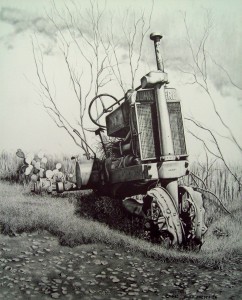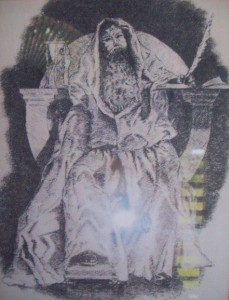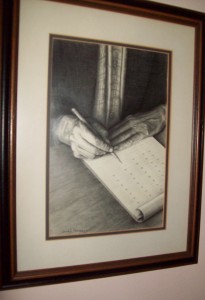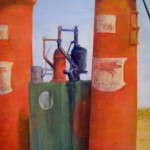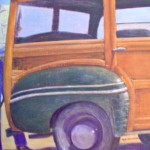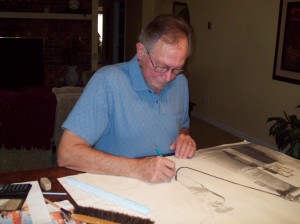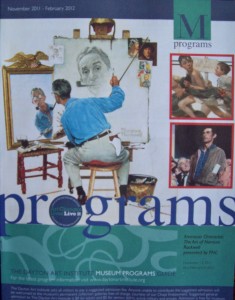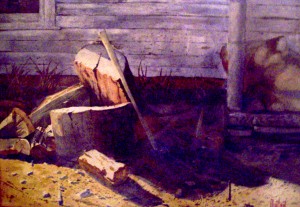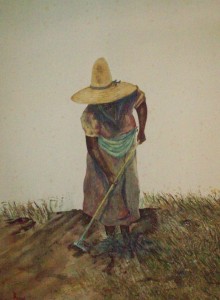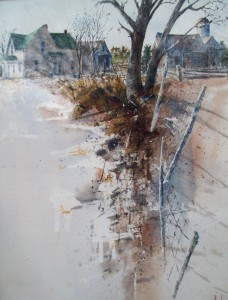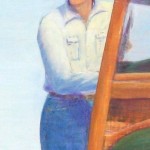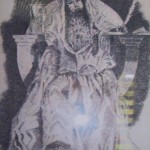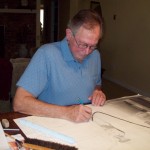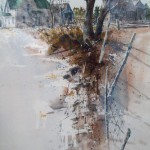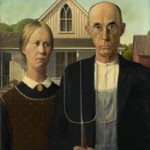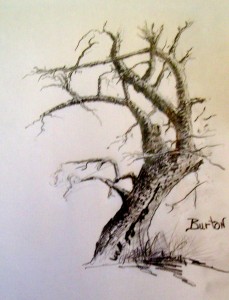
Some artist use their pencil to draw with a lively linear approach allowing their strokes to show, and others blend their strokes to get a smoother effect–more like a photograph. Some use short strokes, dots, or longer straight or curved strokes. It doesn’t matter. Find what works best for you. Some artists find exactly what defines them and sticks with it pretty much throughout their entire career.
I’ve tried and (when exerting patience) have succeeded with all methods of drawing which are as many different ways as a painter uses brushes.
When I draw a picture as a preliminary sketch for a future painting, I like to use bold strokes without blending them. I leave specks of white between strokes to keep the drawing more exciting. However, when I draw for a finished product, I have a tendency to blend and soften to give the drawing a more realistic, somewhat photographic appearance.
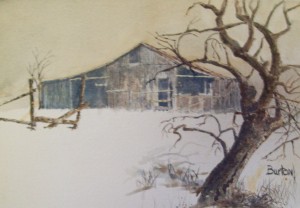
Tip: Be sure you keep all your preliminary work–your sketches, graphite drawings, color workups, etc. You never know when someone wants them…even willing to pay for them.
The graphite sketch, Knobby Tree, sold but the watercolor with the same name never did. This was a preliminary work for the painting. You never know?
It wasn’t in my plans, but with a black matte and frame the graphite sketch looked pretty good.
